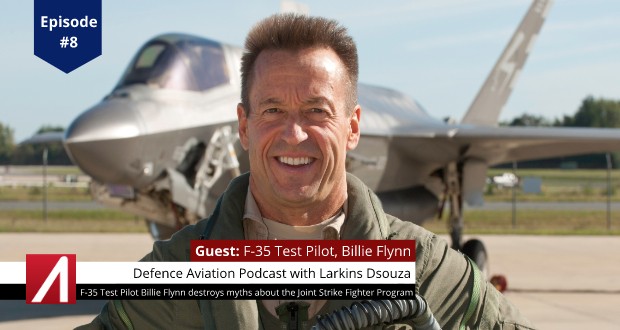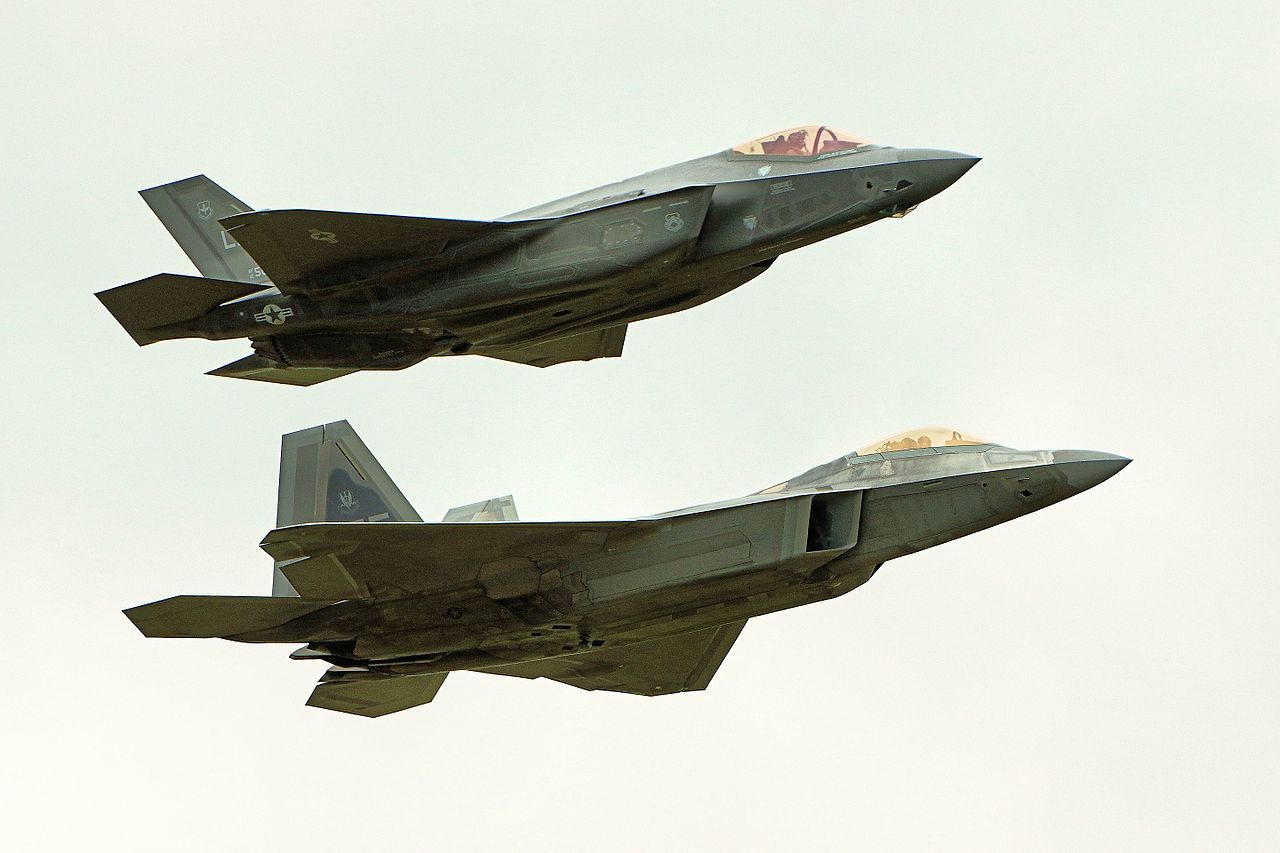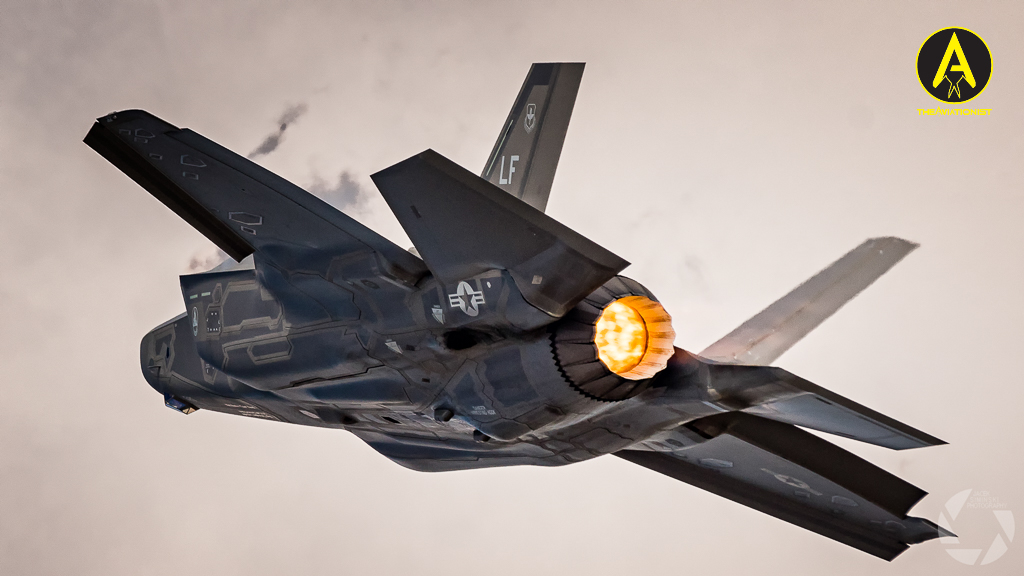Wild_Bill_Kelso
Senior Master Sergeant
- 3,231
- Mar 18, 2022
I ran across an article about the new GE XA-100 engine being developed for the F-35. If I understand correctly, it's a pretty radical new design, it sounds like it should have the ability to do three useful things:
1) Cruise at much lower power, analogous to a GE TF 34, thus potentially greatly extending the operational range
2) Add potentially 10% more thrust
3) Improve cooling allowing for the greatly increased generation of electric power, which it is stated may be used in directed energy weapons in the future.
I'm not sure how all this works, especially #3. But it sounds like some potentially good news for the (to me) rather worrisome F-35 program.
I'm just wondering how real is this, and how likely are they to actually pull it off? Given the way geopolitics have been shifting lately, we may need an improved fighter sooner rather than later. The Wiki says that this engine will begin deployment 'not sooner than 2027' which isn't very promising to me. Any idea if this thing actually works?
1) Cruise at much lower power, analogous to a GE TF 34, thus potentially greatly extending the operational range
2) Add potentially 10% more thrust
3) Improve cooling allowing for the greatly increased generation of electric power, which it is stated may be used in directed energy weapons in the future.
I'm not sure how all this works, especially #3. But it sounds like some potentially good news for the (to me) rather worrisome F-35 program.
I'm just wondering how real is this, and how likely are they to actually pull it off? Given the way geopolitics have been shifting lately, we may need an improved fighter sooner rather than later. The Wiki says that this engine will begin deployment 'not sooner than 2027' which isn't very promising to me. Any idea if this thing actually works?




